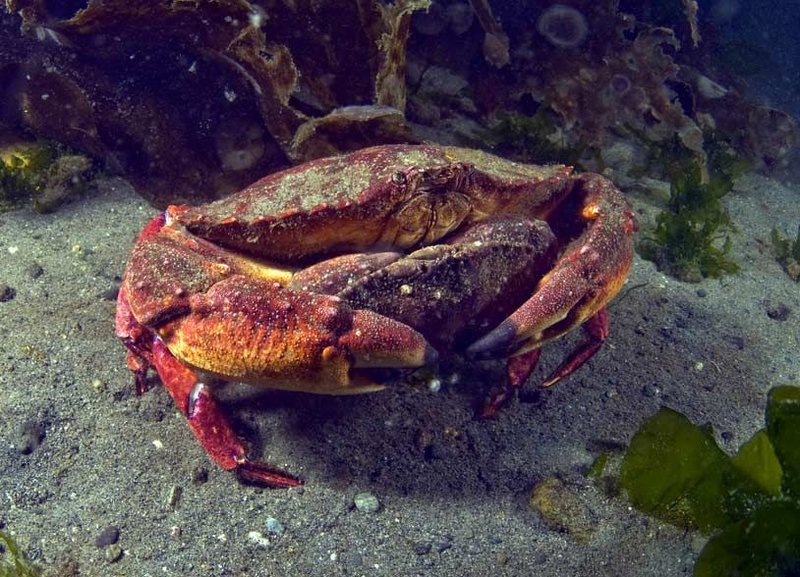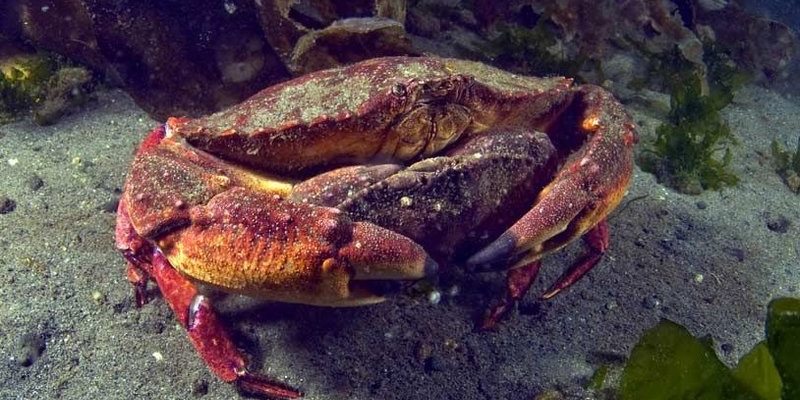
Crabs are part of a vast family of crustaceans, and they have quite a remarkable journey when it comes to reproduction. Just like how a couple prepares for a new baby by setting up a nursery, crabs have their own ways of getting ready for the next generation. Whether it’s through elaborate courtship rituals or choosing a safe place to lay eggs, the process is intriguing. Honestly, it’s like a mini soap opera under the sea!
In this article, we’ll explore the various aspects of crab reproduction, from mating rituals to egg development, and even the different strategies they use to ensure their young survive in the ocean’s depths.
Understanding Crab Mating Rituals
Crab mating is nothing short of a spectacle. Most crabs have a specific mating season when they become more active and vocal—kind of like the way we might dress up and go out to meet someone special. Male crabs often display vibrant colors and engage in complex rituals to attract females. Some might wave their claws, while others exhibit physical displays to show off their strength.
These rituals serve a practical purpose: they help females choose a mate who is healthy and strong. Once a female has selected a male, the two engage in a courtship dance, where they might circle each other or synchronize their movements. Can you imagine being part of such a captivating underwater dance? It’s not just about finding a partner; it’s about ensuring the best possible genetics for future offspring.
After a successful courtship, the next step is mating, which usually happens after the female molts, making her soft and more receptive to the male. This timing is crucial, as it allows the male to fertilize the eggs before they are laid. It’s almost like a perfect timing act in nature!
The Egg-Laying Process
Once mating has occurred, the female crab gets ready to lay her eggs. But this isn’t just a straightforward process—she has to find the right spot. Most female crabs search for safe, sheltered areas in the water, where the eggs can develop without the threat of predators. This is a bit like a bird building a nest; it’s all about safety and security.
Female crabs can lay thousands of eggs at once! Depending on the species, this can range anywhere from a few hundred to over a million eggs. Think of it as giving birth to a small army of tiny crabs. The eggs are often encased in a protective mass known as a sponge, which the female carries under her abdomen. This not only provides safety but also ensures that the eggs get the oxygen they need to develop.
After about two to six weeks, depending on the species and environmental conditions, the eggs hatch. Here’s where the cycle of life continues, but the baby crabs, called zoea, are quite different from their adult counterparts. They’re tiny, almost like little specks floating in the water, and they go through several stages before growing into adult crabs.
Development of Crab Larvae
Once the eggs hatch, the tiny zoea are released into the ocean, and this is where things get interesting. The development of crab larvae involves multiple stages, where they transform over several weeks or months. During this time, they rely on the abundant plankton in the ocean as their primary food source.
These larvae undergo a series of molts, changing their form and size as they grow. This process allows them to adapt to their environment and ensures that they’re ready to transition into the next stage of development—becoming megalops. At this stage, they start to resemble adult crabs more closely.
It’s fascinating to note that during these early stages, many zoea are subject to environmental factors, such as temperature and salinity, which can influence their survival rates. Just like in every species, some will make it, and some won’t, which is nature’s way of ensuring that only the strongest continue on.
Parental Care in Crabs
You might be surprised to learn that some crab species actually exhibit parental care. While it’s not common in all crabs, certain species take on the responsibility of looking after their young. For instance, the Brazilian shore crab is known to protect its young after they hatch by guarding them from predators and providing a safe environment until they’re ready to fend for themselves.
This type of care can take various forms. Some crabs create shelters or find crevices in rocks for their young to hide in, while others will actively chase away potential threats. The importance of parental care can’t be overstated, as it dramatically increases the chances of survival for those delicate zoea.
Here’s the thing: this nurturing behavior highlights an interesting aspect of crab biology. It’s not just about the quantity of offspring but also the quality of care that contributes to successful reproduction. In a world where many marine animals leave their young to fend for themselves, crabs that show parental care have a unique edge.
Challenges in Crab Reproduction
Despite their intriguing reproductive strategies, crabs face numerous challenges in their quest to reproduce successfully. One significant issue is the loss of habitat. Coastal development, pollution, and climate change can dramatically affect the environments where crabs breed and grow. Without clean, safe spawning areas, it becomes increasingly difficult for them to lay eggs successfully.
Another challenge is predation. Once the larvae are released into the ocean, they become targets for various predators. It’s a cruel reality in nature, where the survival rate of crabs can be exceptionally low due to these threats.
Additionally, some species face specific challenges due to overfishing. As humans continue to harvest crabs, it disrupts the balance of their populations and can lead to declines in certain species. This is why conservation efforts are vital to ensure that crabs can continue their reproductive cycles successfully.
The Future of Crab Populations
Looking ahead, the future of crab populations largely depends on our commitment to maintaining healthy oceans and habitats. Innovative practices in fishing, habitat restoration, and pollution control can make a significant difference. It’s essential for us to recognize the value these creatures bring to marine ecosystems and actively work to protect their environments.
Education also plays a key role. The more we learn about crabs and their reproductive processes, the better equipped we are to advocate for their conservation. Whether it’s supporting sustainable seafood practices or participating in local clean-up efforts, every action counts.
As we continue to understand these incredible creatures and their breeding behaviors, we can appreciate the intricate web of life they are part of. By ensuring that crabs thrive, we’re also helping to maintain the health of our oceans, which ultimately benefits us all.
In conclusion, the world of crab reproduction is filled with remarkable processes and challenges that these resilient creatures face. From mating rituals to the development of their young, crabs showcase the beauty of life beneath the waves. By learning about and supporting their conservation, we can help ensure that future generations of crabs will continue this fascinating journey.

